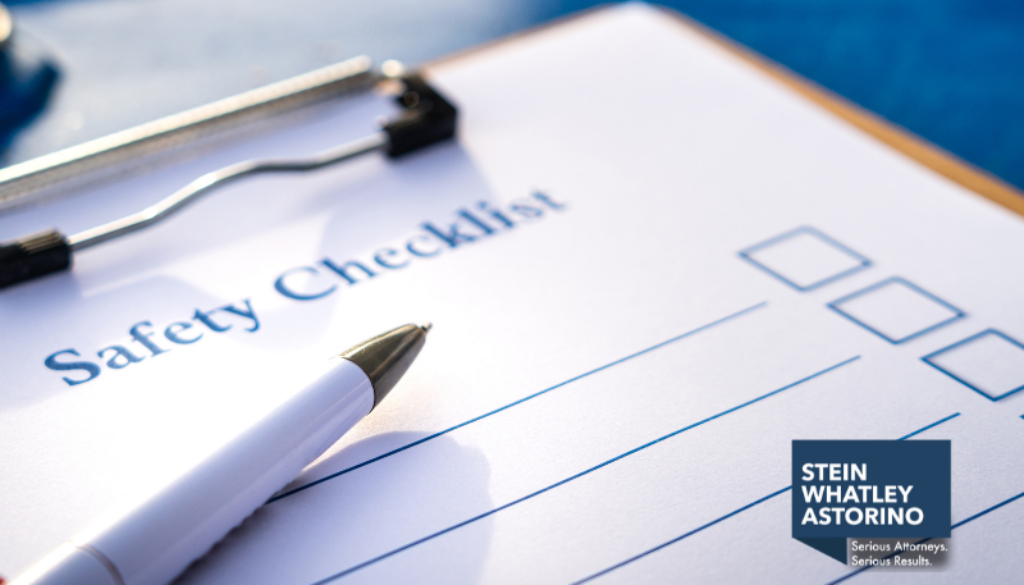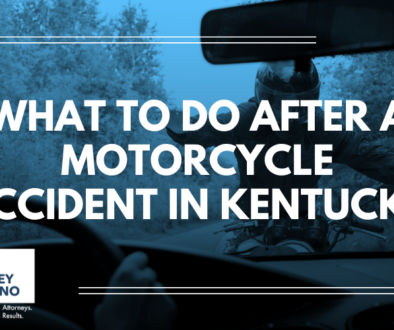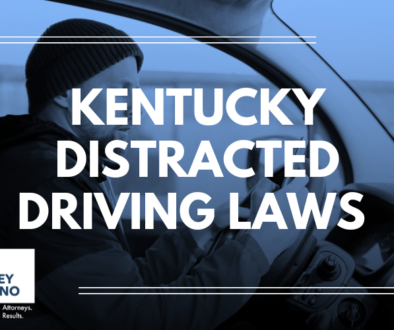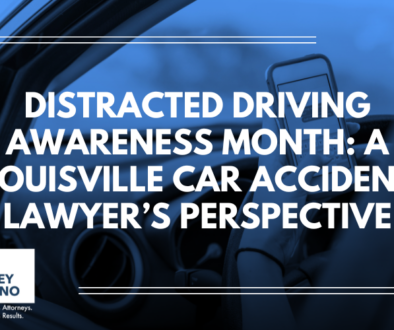Motorcycle Pre-Ride Safety Checks
Conducting thorough pre-ride safety checks is one of the best ways to mitigate motorcycle safety risks and ensure a safe ride. These checks can help identify potential issues before they become serious problems, ensuring that both the motorcycle and rider are ready for the journey ahead. Motorcycling offers a unique sense of freedom and excitement that few other activities can match. However, this exhilaration comes with inherent risks. In this blog post, we will delve into the essential steps of a motorcycle pre-ride safety check.
The Importance of Pre-Ride Safety Checks
Pre-ride safety checks are critical for several reasons. First, they ensure that the motorcycle is in good working condition, reducing the likelihood of mechanical failures that could lead to motorcycle accidents. Second, they give the rider peace of mind, knowing that the bike is safe to operate. Lastly, regular checks can help identify minor issues before they become costly repairs.
Essential Pre-Ride Safety Checks
1. Tires and Wheels
The condition of the tires and wheels is paramount to motorcycle safety. Begin by inspecting the tires for any signs of damage, such as cuts, cracks, or punctures. Check the tread depth to ensure it meets the manufacturer’s specifications; worn-out tires can significantly reduce traction and increase the risk of skidding. Ensure that the tire pressure is within the recommended range. Properly inflated tires improve handling and fuel efficiency while reducing the risk of blowouts. Do not forget to check the wheels for any signs of damage or looseness.
2. Brakes
Brakes are crucial for safe riding. Start by inspecting the brake pads and discs for wear. Ensure that the pads have enough material left and that the discs are free from deep grooves or warping. Check the brake fluid levels in the reservoirs; low levels could indicate a leak or excessive wear on the brake pads. Ensure that both the front and rear brakes are functioning correctly by testing them for responsiveness and smooth operation.
3. Lights and Electrical System
The motorcycle’s lights and electrical system are vital for visibility and communication with other road users. Check all lights, including the headlights, taillights, brake lights, and turn signals, to ensure they are functioning correctly. Replace any burnt-out bulbs immediately. Test the horn to make sure it is loud and clear. Additionally, inspect the battery for any signs of corrosion and ensure it is securely mounted.
4. Controls and Cables
The controls and cables of a motorcycle must be in good condition for safe operation. Check the throttle, clutch, and brake levers for smooth operation and proper adjustment. Inspect the cables for any signs of fraying or damage. Ensure that the throttle snaps back to the idle position when released and that the clutch lever has the correct amount of free play. Properly functioning controls and cables are essential for maintaining control of the motorcycle.
5. Fluids
Motorcycles rely on various fluids for smooth operation. Check the engine oil level and condition; it should be within the recommended range and free from contaminants. Inspect the coolant level to ensure the engine stays cool during operation. Check the brake fluid and, if applicable, the clutch fluid levels. If any fluids are low or appear dirty, top them up or replace them as necessary. Regularly checking and maintaining fluid levels can prevent mechanical failures and extend the life of your motorcycle.
6. Chain and Sprockets
The chain and sprockets are critical components of the motorcycle’s drivetrain. Inspect the chain for proper tension and lubrication. A loose or dry chain can lead to premature wear and potential failure. Check the sprockets for any signs of wear or damage, such as hooked or broken teeth. Adjust the chain tension according to the manufacturer’s specifications and lubricate it if necessary. Maintaining the chain and sprockets can improve power delivery and prevent breakdowns.
7. Suspension
The suspension system of a motorcycle affects its handling and comfort. Inspect the front forks and rear shocks for any signs of leaks or damage. Check the suspension settings to ensure they are appropriate for your weight and riding style. Properly functioning suspension improves ride quality and stability, making it easier to handle the motorcycle in various conditions.
8. Frame and Fasteners
A thorough inspection of the frame and fasteners can help identify any structural issues. Check the frame for cracks, bends, or other signs of damage. Ensure that all bolts, nuts, and fasteners are tight and secure. Pay special attention to critical areas such as the engine mounts, handlebars, and foot pegs. Loose or damaged components can compromise the motorcycle’s safety and integrity.
9. Rider Gear
While not part of the motorcycle itself, the rider’s gear is an essential component of pre-ride safety checks. Ensure that you have a properly fitting helmet, as well as gloves, boots, and protective clothing. Check that all gear is in good condition and free from damage. Wearing the right gear can significantly reduce the severity of injuries in the event of a motorcycle accident.
Tips for Conducting Effective Pre-Ride Safety Checks
To make the most of your pre-ride safety checks, follow these tips:
- Create a Routine
Develop a systematic routine for conducting pre-ride checks. This will ensure that you do not overlook any critical components.
- Use a Checklist
A checklist can help you stay organized and ensure that all essential areas are inspected.
- Stay Informed
Stay current with your motorcycle’s maintenance schedule and manufacturer recommendations. This knowledge can help you identify potential issues early.
- Take Your Time
Rushing through pre-ride checks can lead to missed problems. Take your time and be thorough in your inspections.
- Stay Consistent
Conduct pre-ride checks before every ride, even if it is just a short trip. Consistency is key to maintaining a safe and reliable motorcycle.
Essential Steps for a Safe Journey
Pre-ride safety checks are an essential practice for every motorcycle rider. By inspecting critical components such as tires, brakes, lights, controls, fluids, chains, suspensions, frames, and rider gear, you can identify potential issues before they become serious problems. Regular pre-ride checks not only ensure that your motorcycle is in good working condition but also provide peace of mind and confidence on the road.
Motorcycling offers unparalleled freedom and excitement, but it also comes with significant risks. Taking the time to perform thorough pre-ride safety checks is a small investment that can pay off in terms of safety, reliability, and enjoyment. Whether you are a seasoned rider or a beginner, making pre-ride safety checks a routine part of your riding experience will help you stay safe and make the most of every journey.
The experienced motorcycle accident lawyers at Stein Whatley Astorino, PLLC, know that riding motorcycles is a lifestyle. Make pre-ride inspections part of your routine to ensure a safe, enjoyable riding experience.
If you were injured on a motorcycle because of someone’s negligent or wrongful behavior, call us today to discuss your options. We will fight to defend your legal rights so that you get the full and fair settlement you deserve. Call 502.553.4750 for a free initial consultation.




